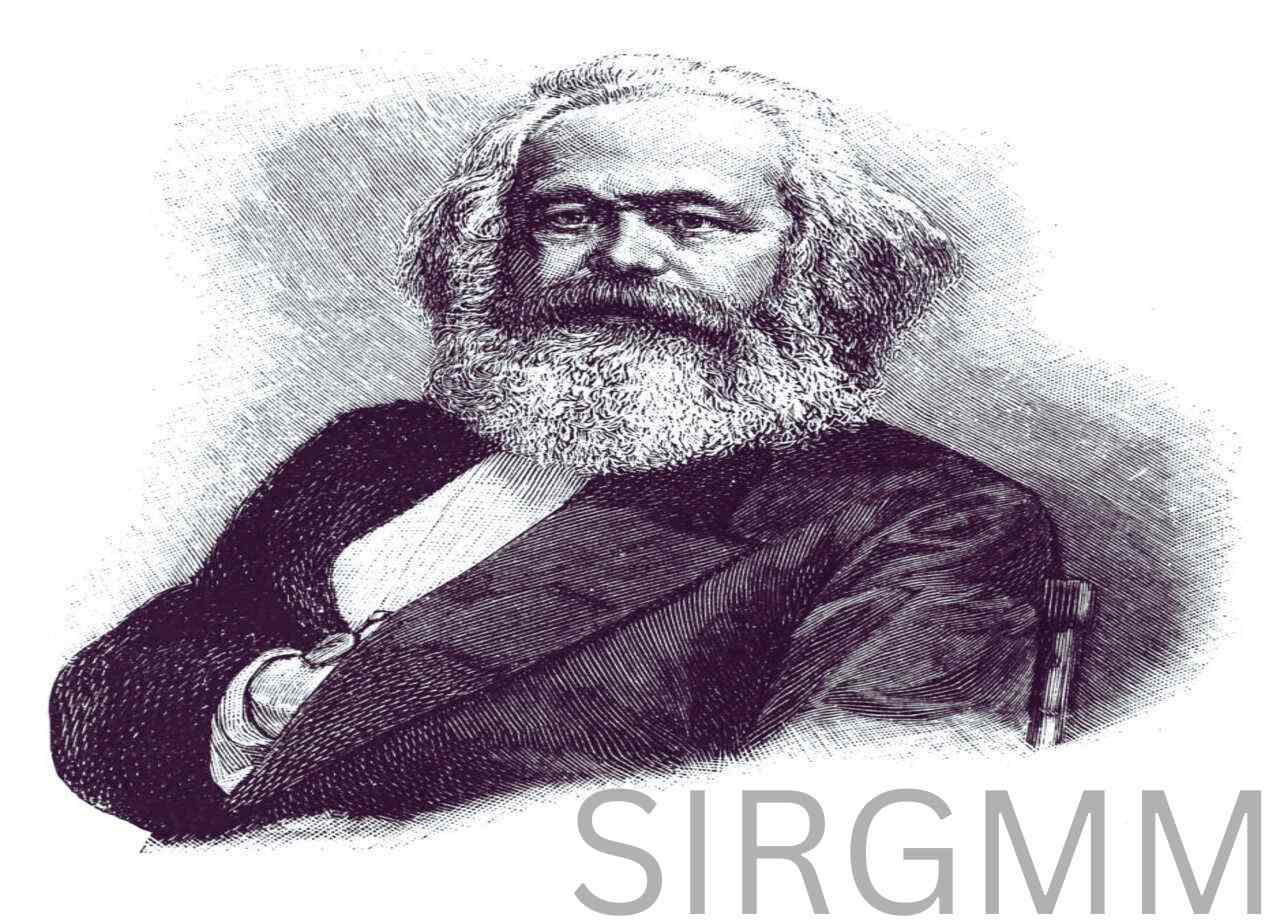Karl Marx's Journey of Exile: From Paris to London and Back Again
After marriage, Karl Marx spent 6 months with his in-laws. He didn’t know where to go now. He decided to join his friend Arnold Rouge in Paris. Arnold Rouge was trying to publish a newspaper from Paris. Rouge had offered Marx a job in his new newspaper and Marx accepted the offer. Marx had decided to design a system that would end the difference between the poor and the rich.
So in 1843, Marx moved to Paris with his bride Jenny to begin a new chapter of his life and history. What Marx faced during his exile? Who became his closest companion in his struggle for Communism? What was the answer to the 3 questions of Karl Marx? How did Marx prepare the communist manifesto?
We will show you all this in the next episode of Marx’s biography. In 1845, Karl Marx became a stateless citizen. Then Karl Marx had to wander from one country to the other for permanent residence. He moved from Prussia to France then Belgium and the UK and later back to France. From Paris, he moved back to Germany and later returned to Paris.
Karl Marx's Failed Attempt to Smuggle Revolutionary Booklet into Germany
The European powers didn’t like Marx and wanted to get rid of him. But then he wrote a historic document with his closest comrade Friedrich Engels.
How did he create this historic document? Why did Karl Marx become a nomad? How did socialism give birth to modern communism?
Karl Marx left Germany in 1843, and moved to Paris, France, with his bride, Jenny.
Here he, along with his friend Arnold Rouge, was publishing a German-French magazine, Jahrbücher The two friends decided to print 3,000 copies of the booklet and smuggle them into Germany. In this way, they wanted to avoid government censorship and reach the minds of the people.
But they misunderstood the situation. They did not know that German intelligence was monitoring them in Paris. German intelligence was aware of Marx and Rouge’s plans, so they kept a close watch on the German-French border. When Karl Marx and Arnold Rouge tried to smuggle the booklet into Germany, 2,000 copies were seized at the border. Barely 1000 copies could be smuggled into Germany.
The German government then ordered to arrest of Marx, Rouge, or any of their close associates if they tried to return to Germany. The order frightened Arnold Rouge. He stopped the publication and refused to pay Marx. The ideological differences between Arnold Rouge and Marx also intensified during this period.
The Lifelong Friendship of Karl Marx and Friedrich Engels: A Revolutionary Bond
Thus, the first issue of this booklet proved to be the last. The booklet was closed and Marx lost his job. Marx and Arnold Rouge’s friendship ended that way, but an article published in the booklet proved significant. This article made a huge difference in the life of Karl Marx.
That article gave Marx a friend for life who supported Marx both financially and morally and spread his ideas even after Marx’s death. Even today, statues of the two are made together. Who was this friend? This friend was Frederick Engels. Engels was a German but he lived in Britain. Engels’ father was a wealthy industrialist. He wanted his son Engels to join his business. But Engels was inclined to politics. He wanted to bring revolution.
Engels had studied economics and now he looked at the injustice in society from an economic point of view. His articles on the relationship between the economy and poverty were frequently published. When Karl Marx was the editor of Zeitung in the German city of Cologne, Engels had met him there. Then they could not contact each other for a long time. But when Marx arrived in Paris he renewed his correspondence with Engels.


1 thought on “Who was Karl Marx | Part 7”